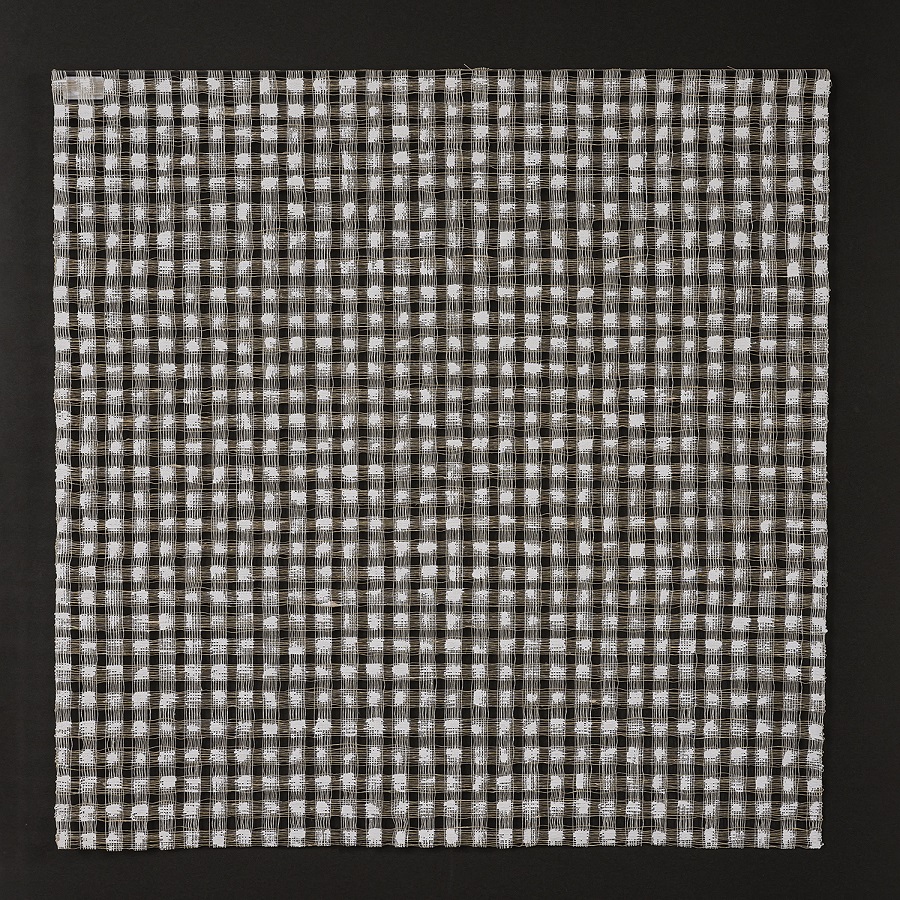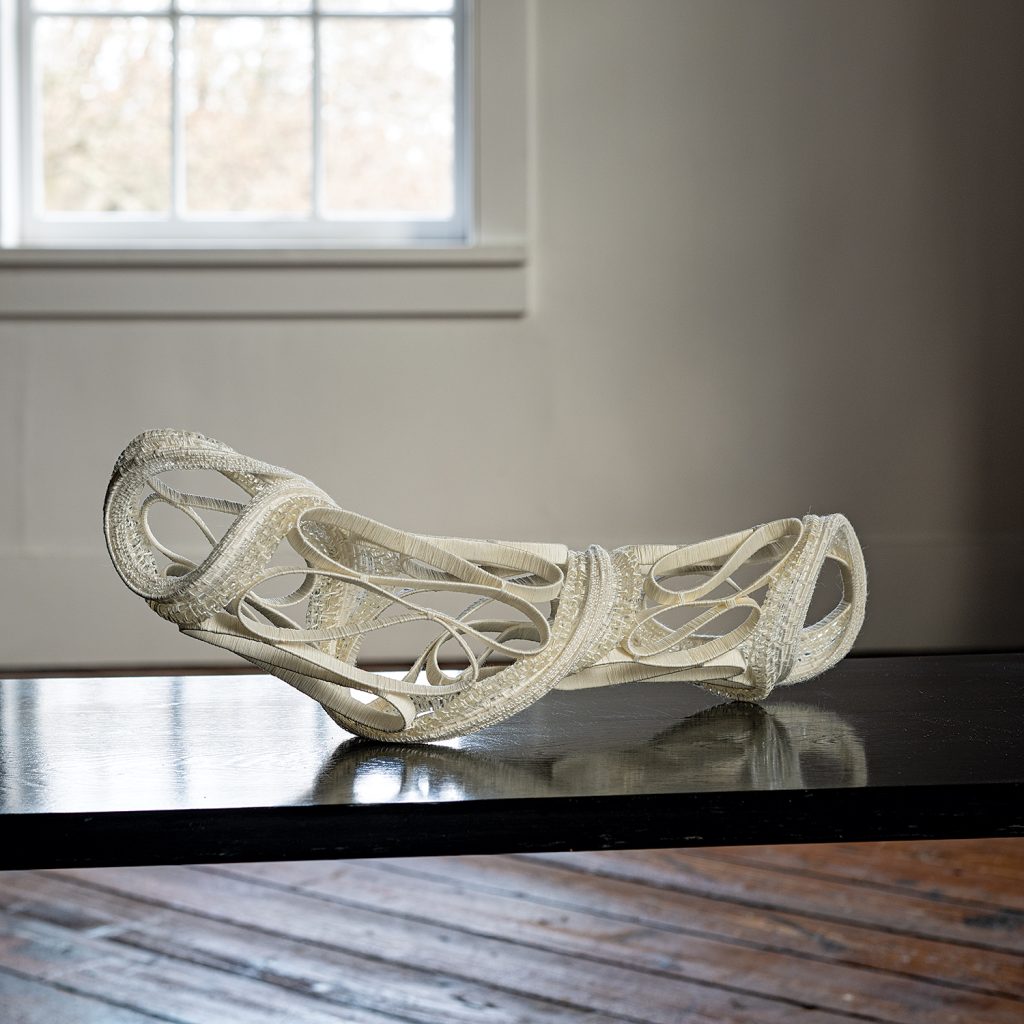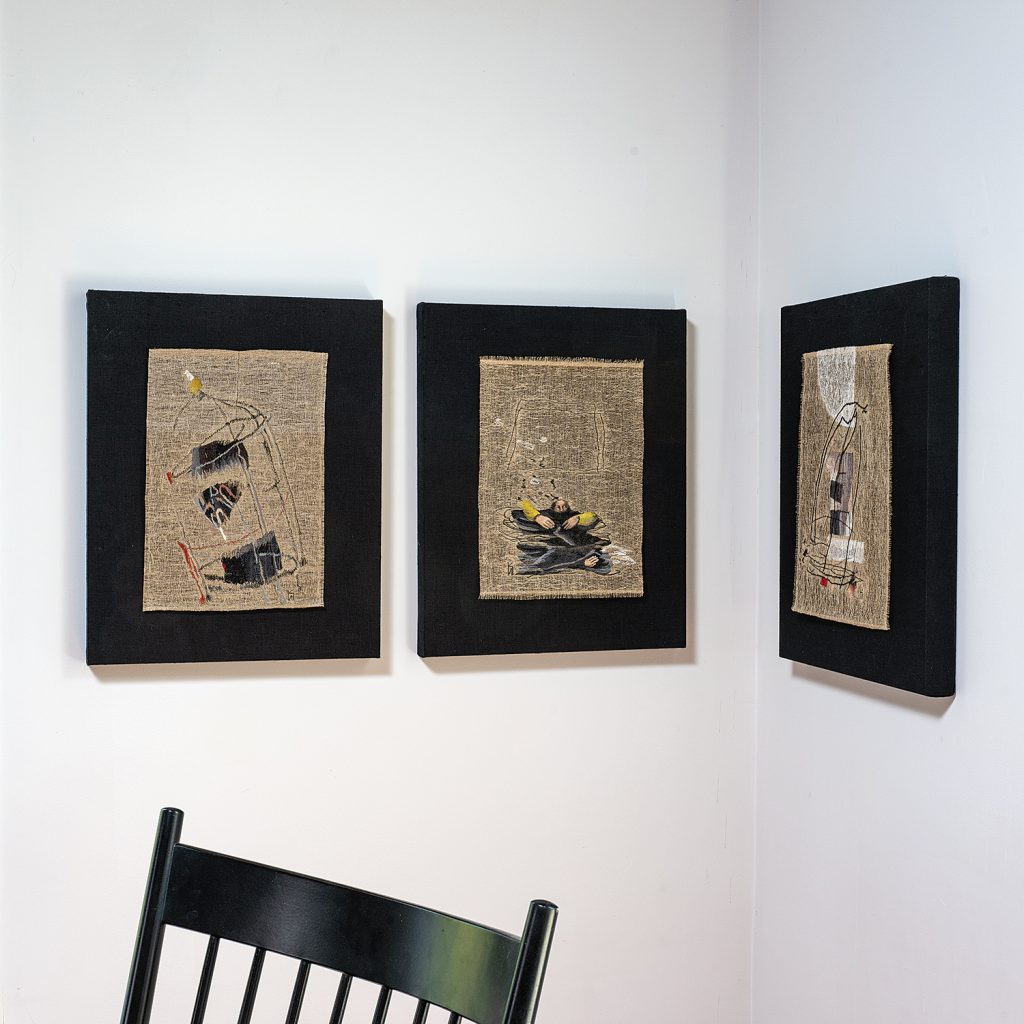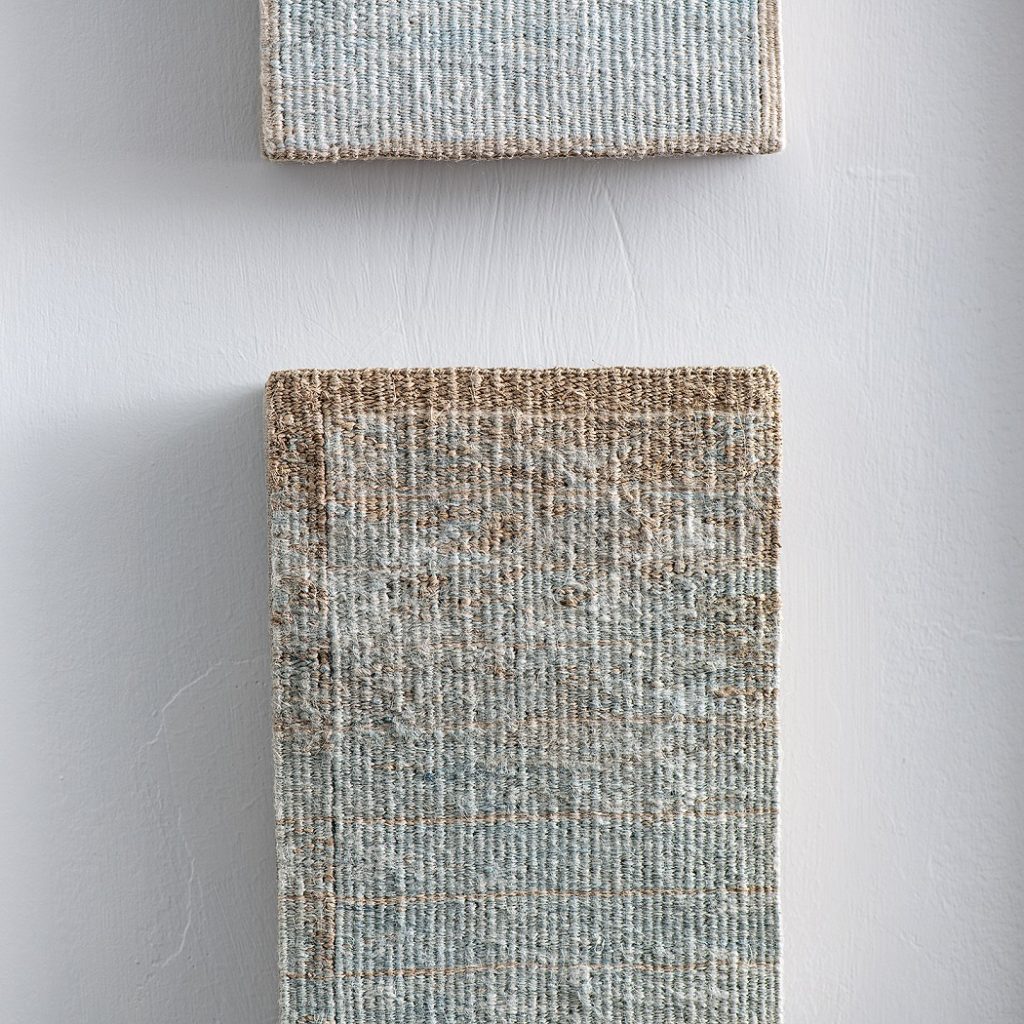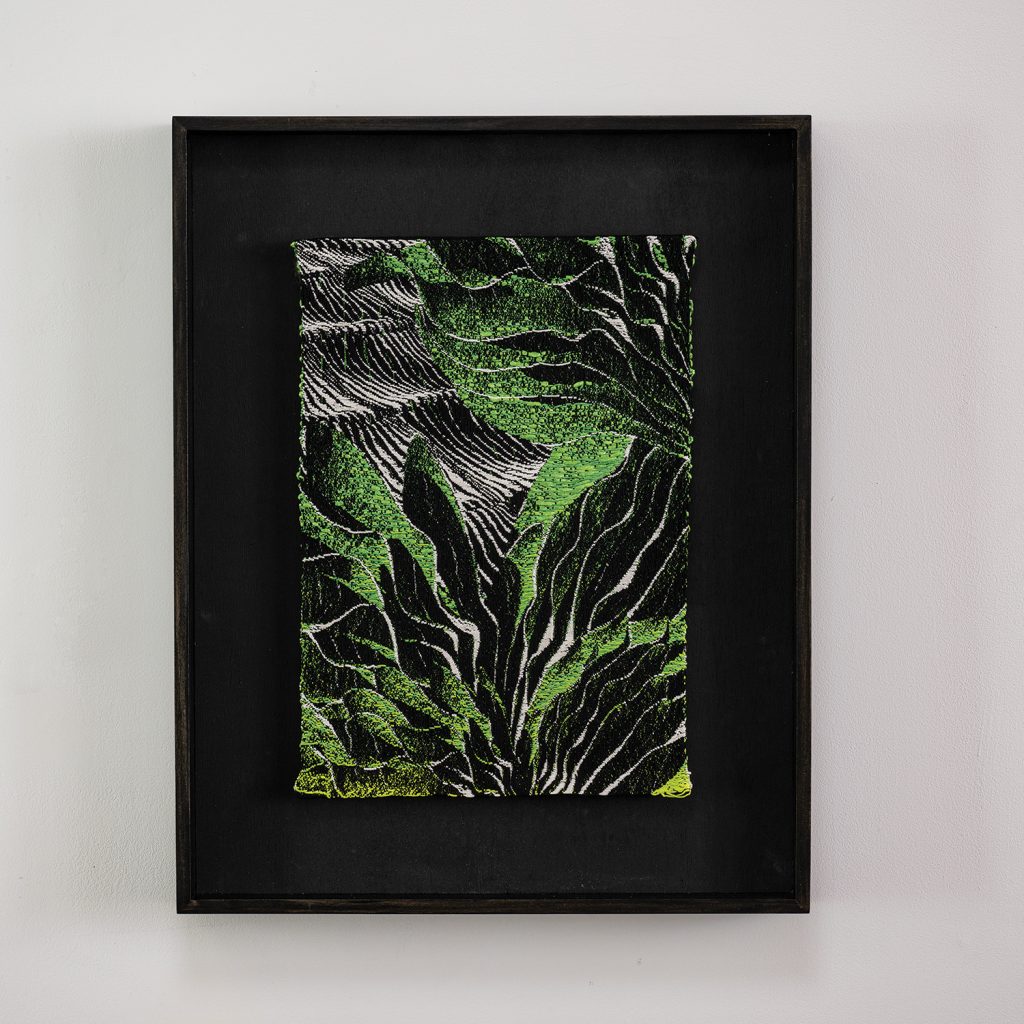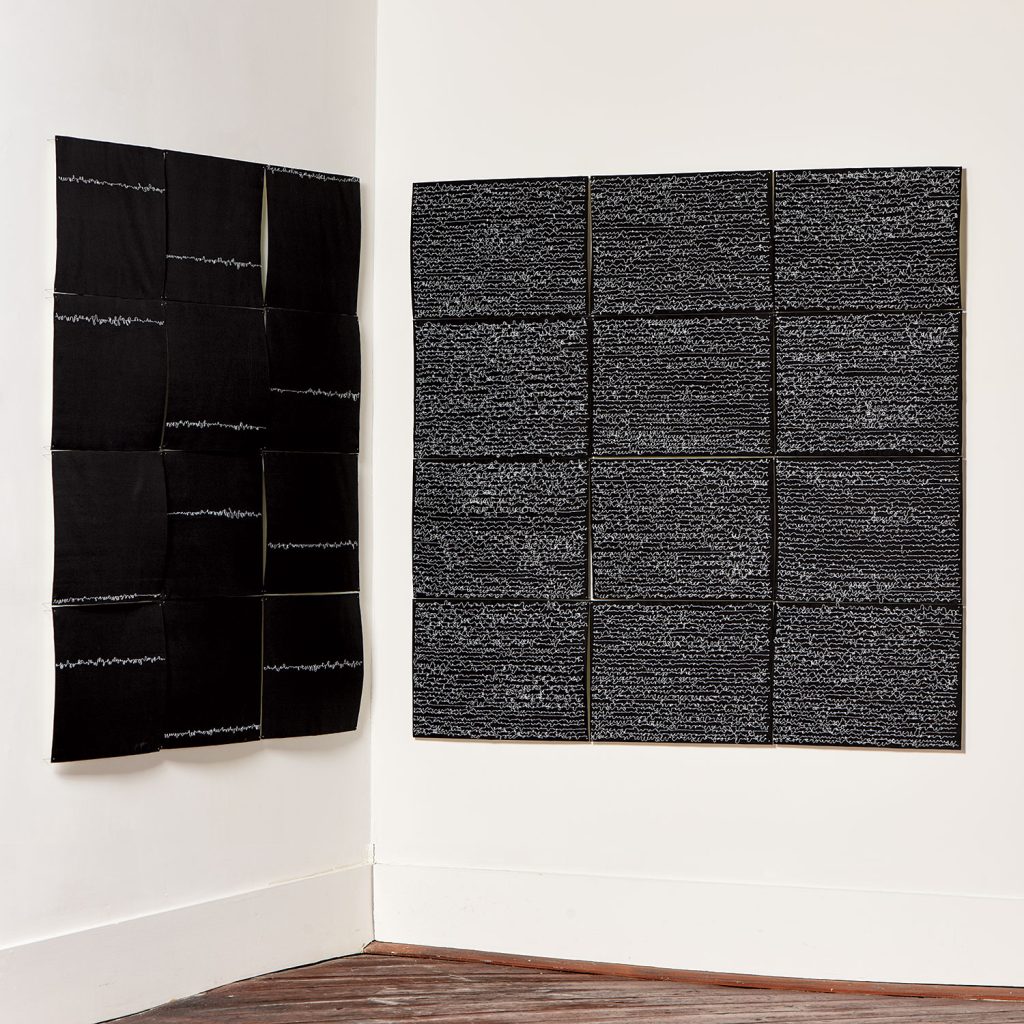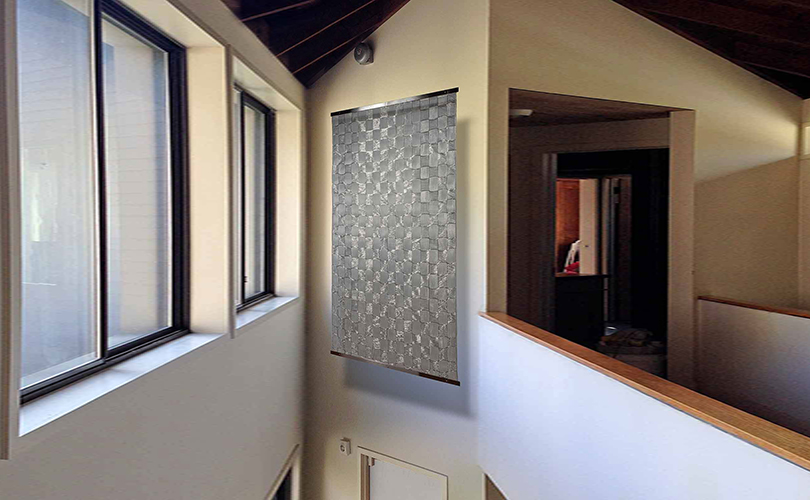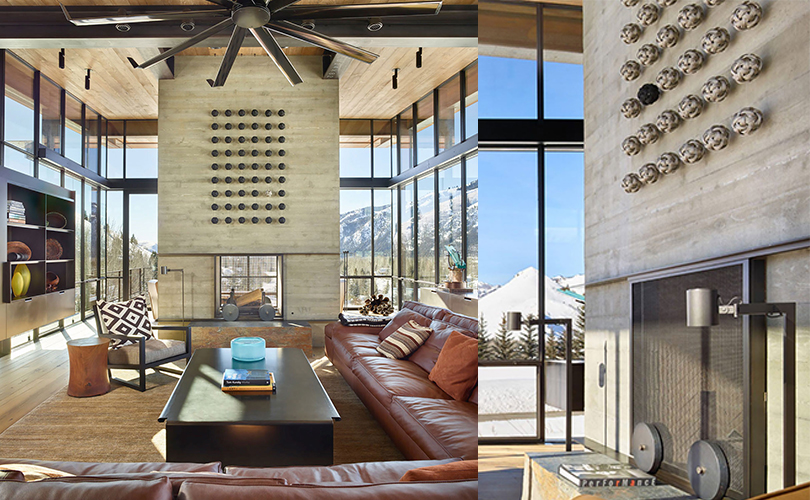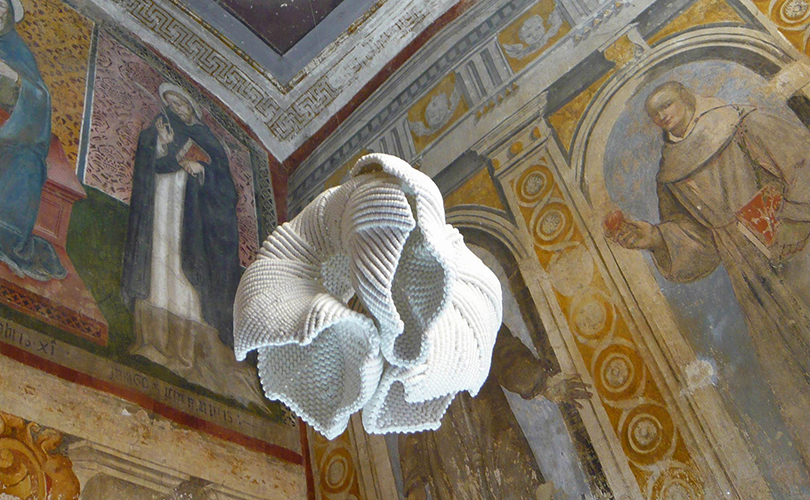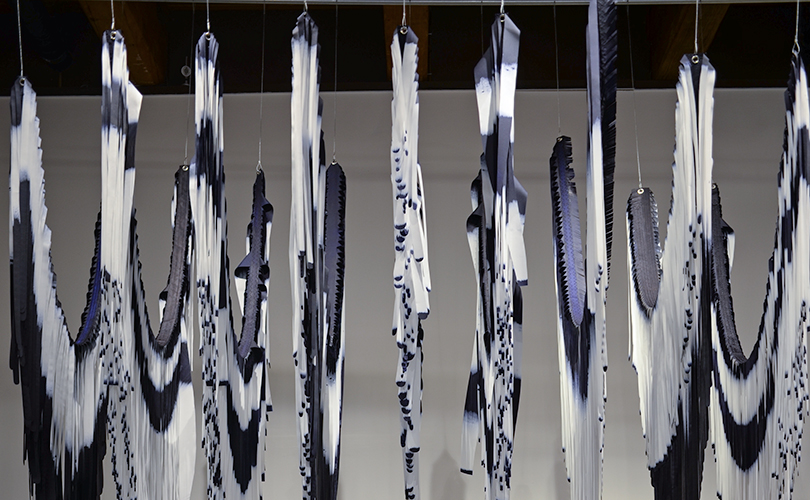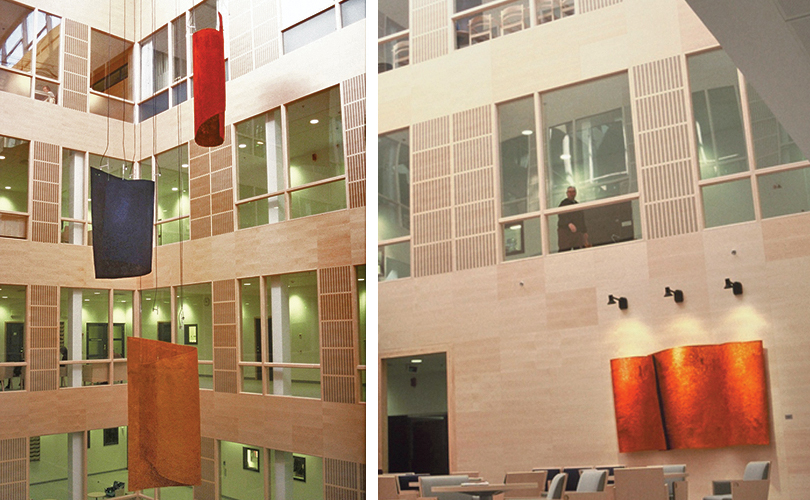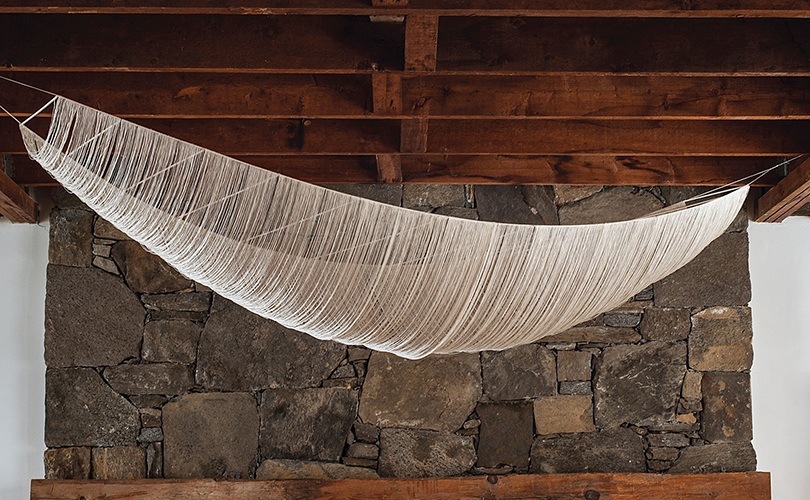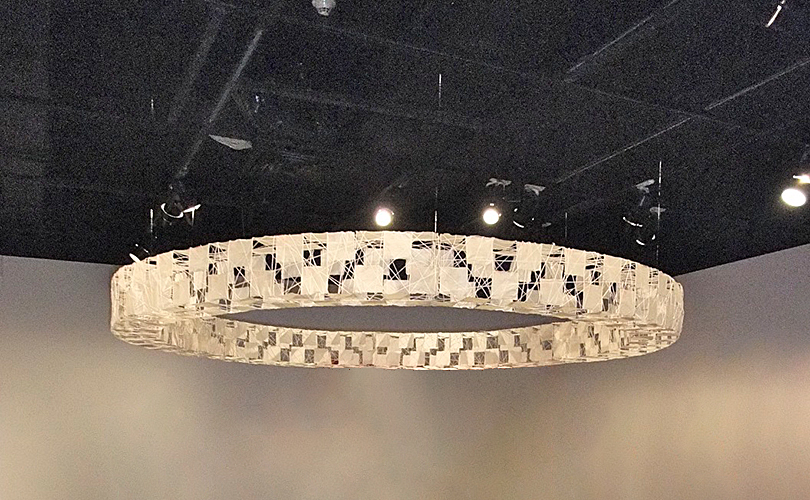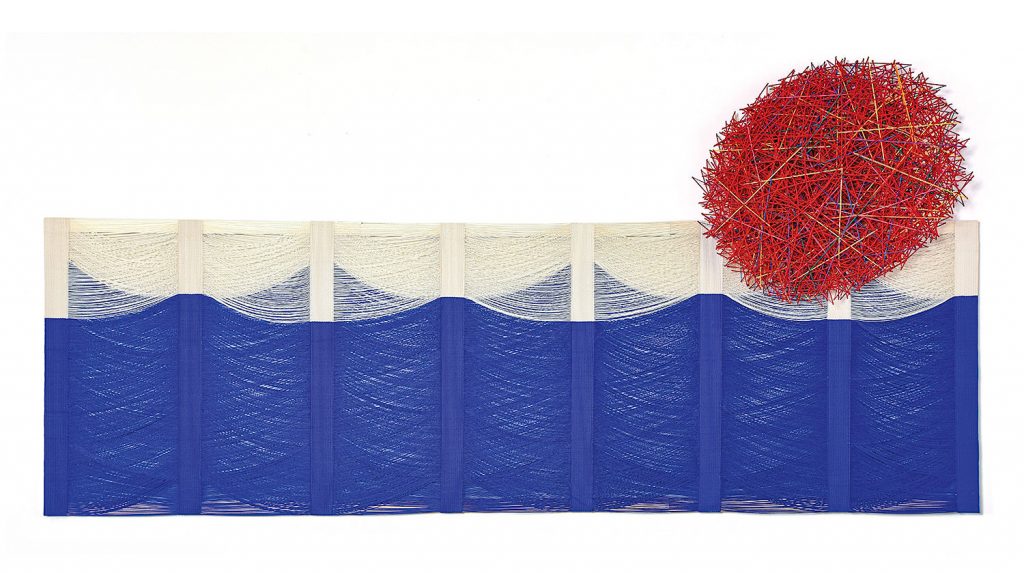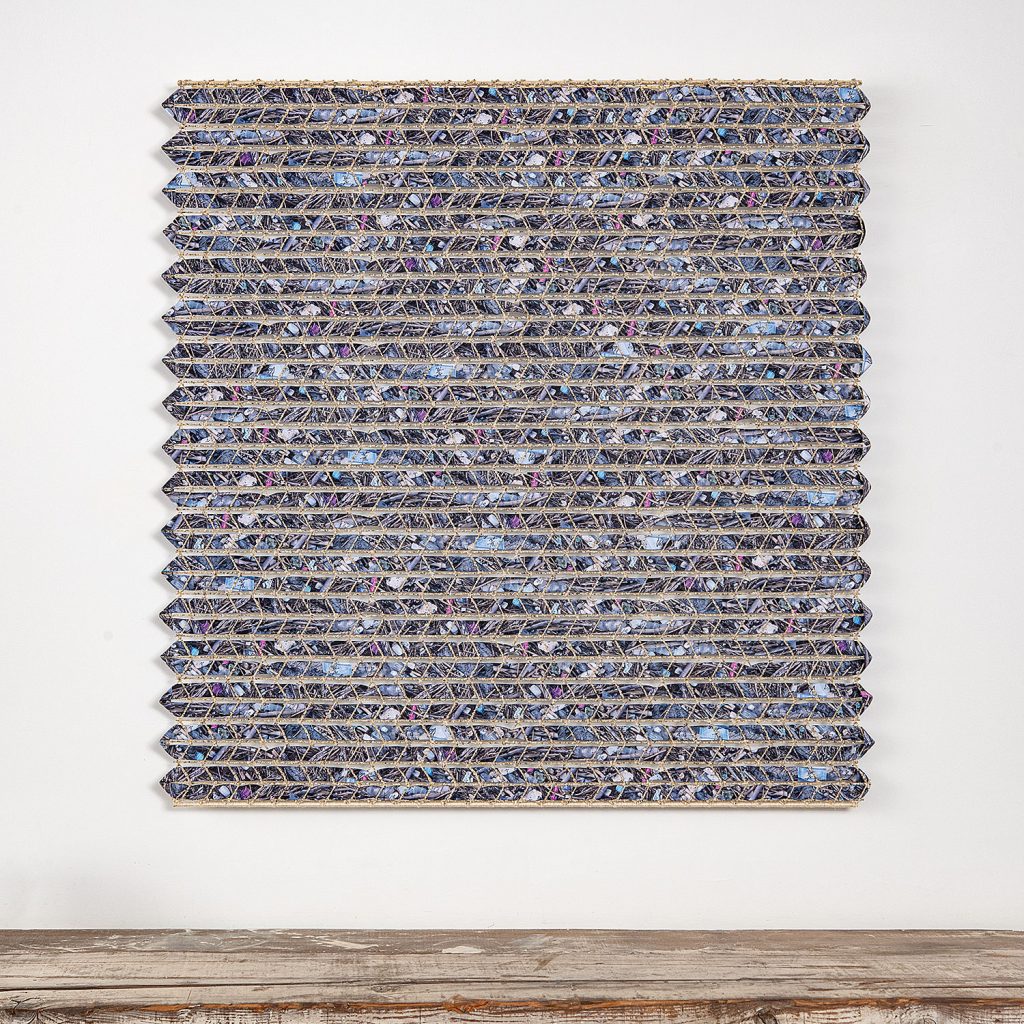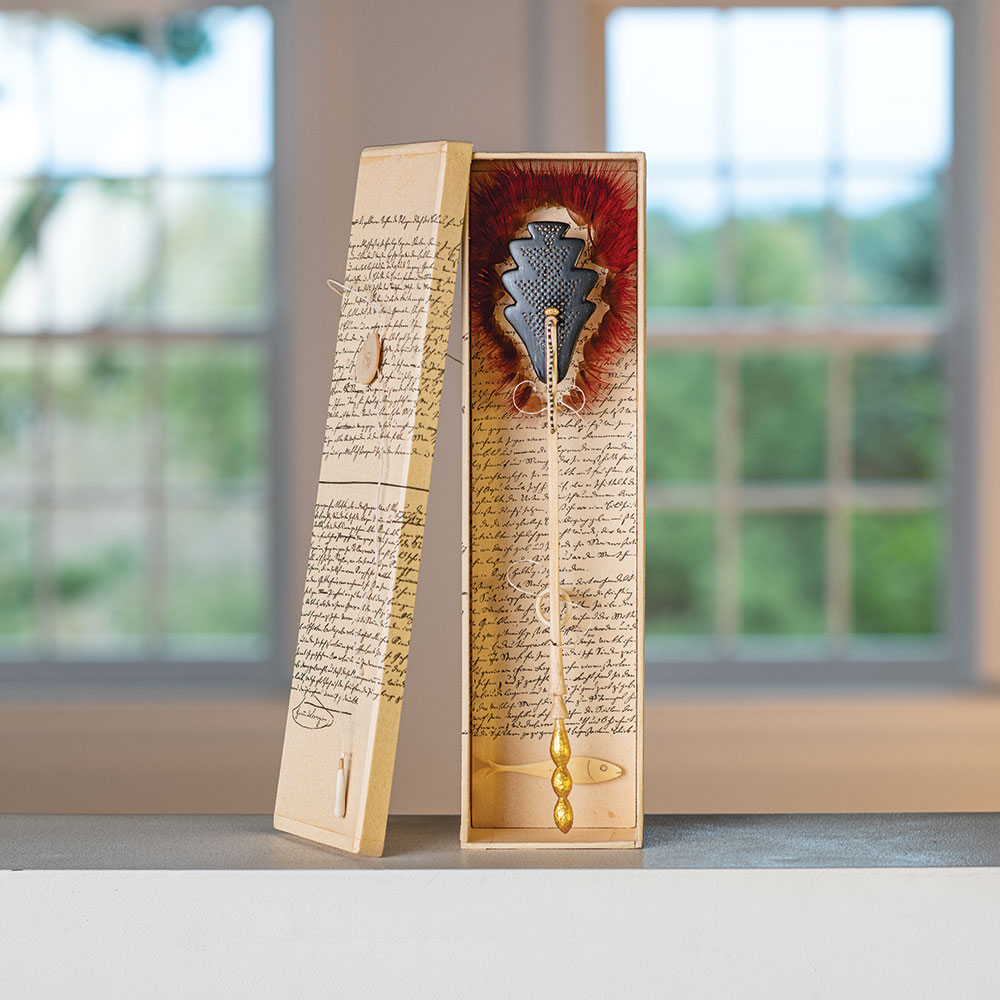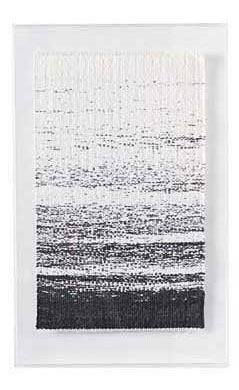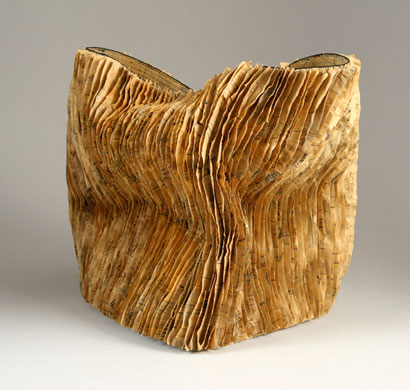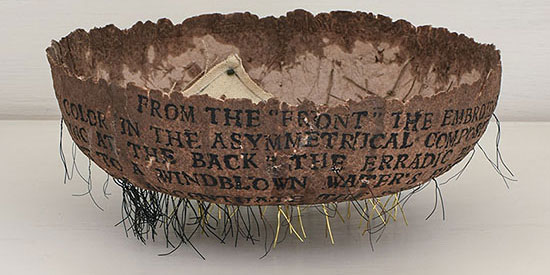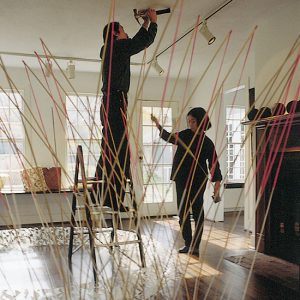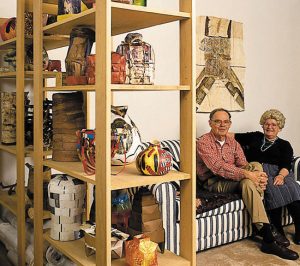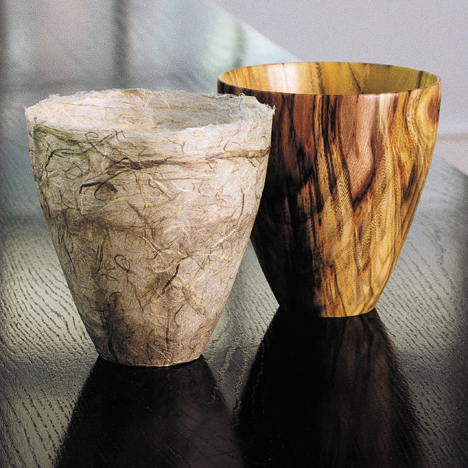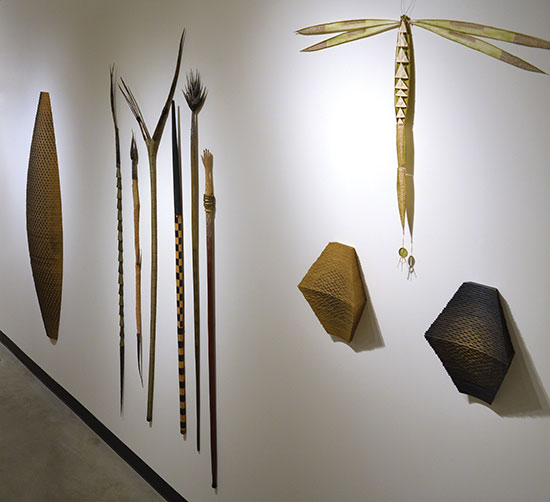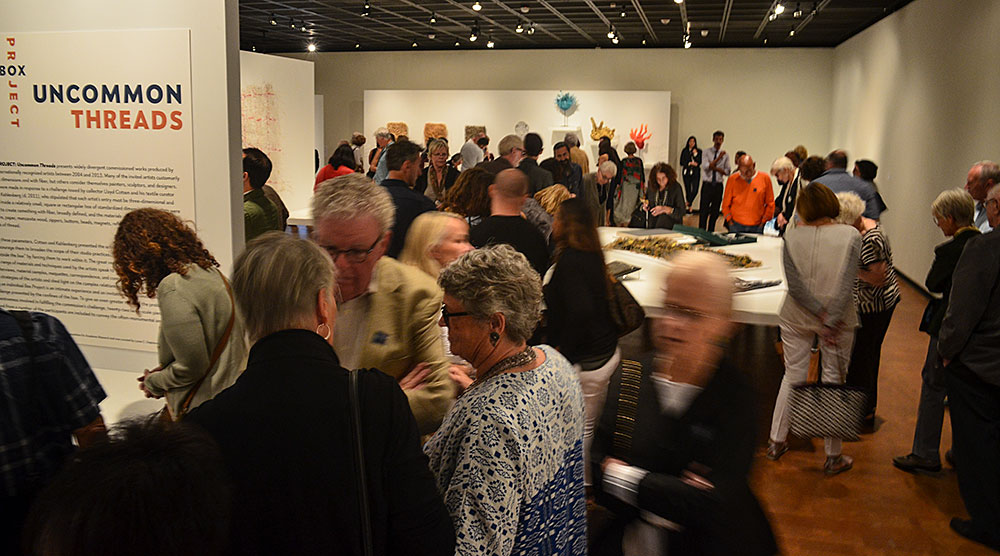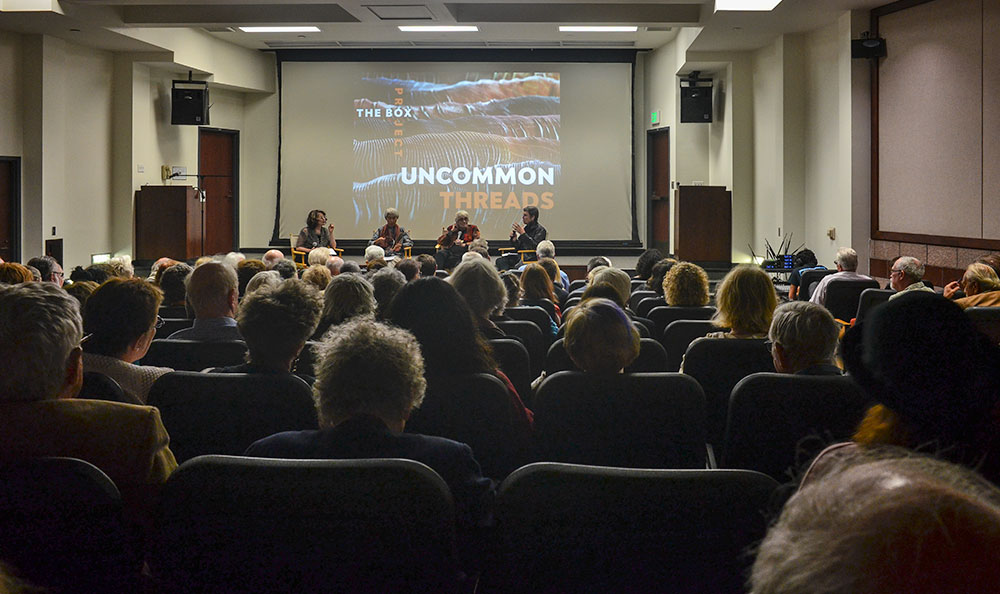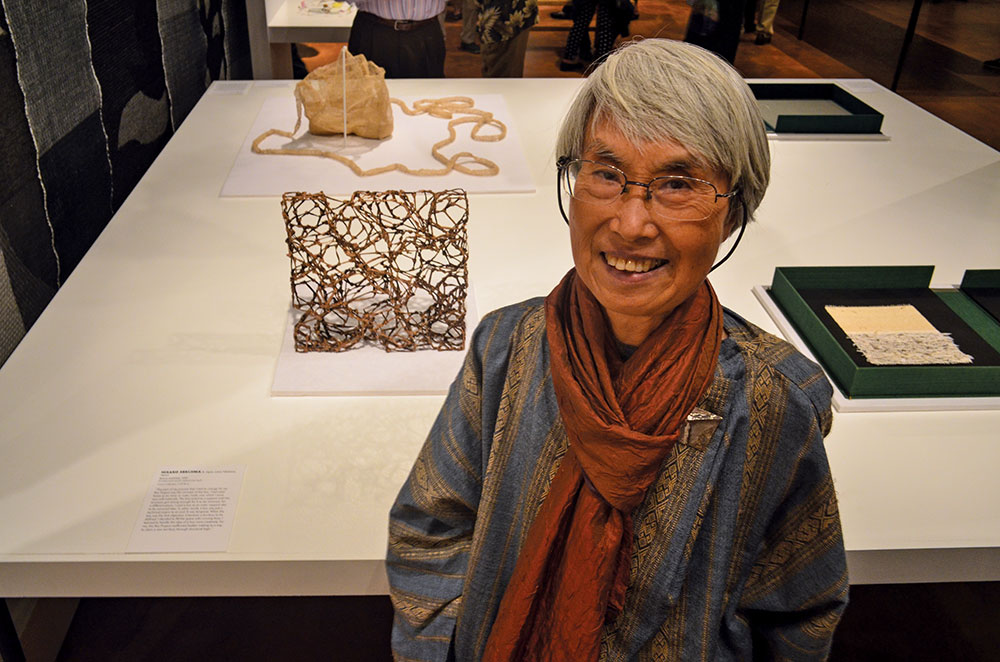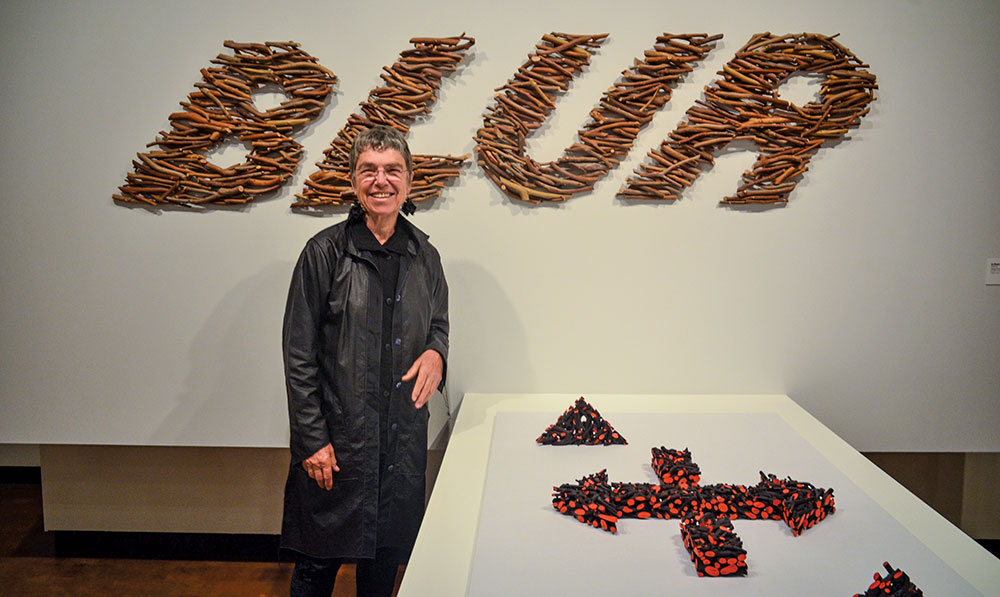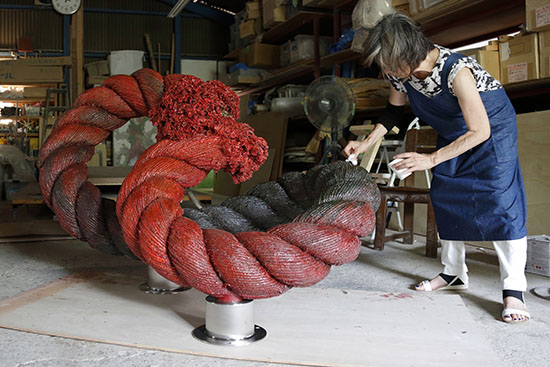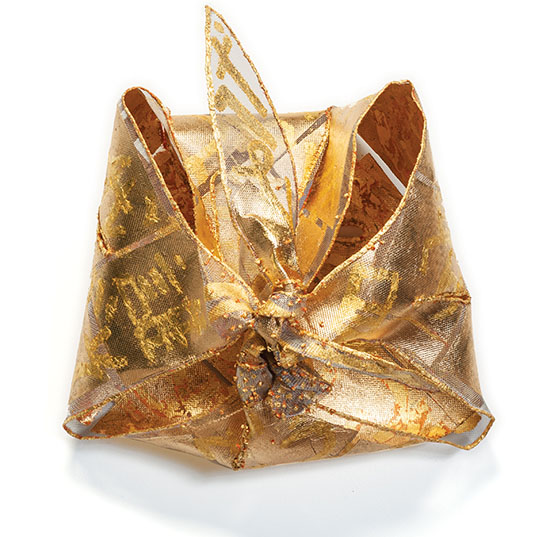As November comes to a close, we take a moment to reflect on the remarkable artists and their works that have taken center stage in our New This Week series throughout the month. Naomi Kobayashi, Karyl Sisson, Katherine Westphal, and Laura Foster Nicholson have each shared their unique creative journeys, leaving a lasting impression on our vibrant community.
As we turn the page on November, our online doors remain open for exploration. You can continue to discover the captivating work from Vignettes on our website, where the artistry of Dorothy Gill Barnes, Glen Kaufman, and more continues to shine. Additionally, our exhibition Abundance of Objects graces Artsy, showcasing an impressive array of baskets, ceramics, and sculptures from over three dozen accomplished artists.
Now, we invite you to revisit the highlights of our New This Week features throughout the last month. Read on for more!
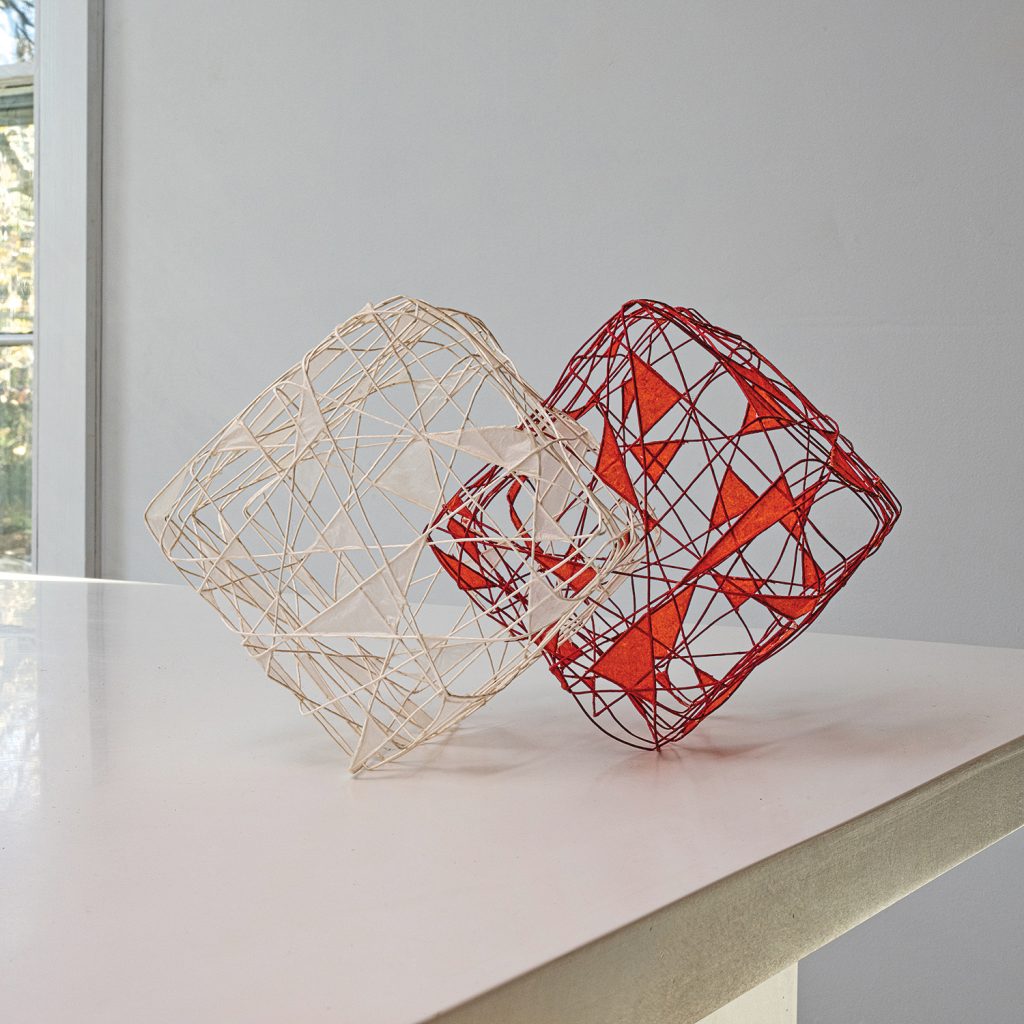
Our month began with a spotlight on Naomi Kobayashi, an exceptional textile artist and sculptor whose contributions to contemporary art are both profound and enduring.
Kobayashi’s artistic journey is a tale of dedication and innovation. She began her career by crafting highly constructed, sculptural works of thread, showcasing her mastery of textile artistry. However, her creative path led her to explore new avenues, particularly constructions, often using paper as her medium. These creations exude an airy, ephemeral quality that sets them apart, inviting viewers to engage with her art in unique and profound ways.
And yes, before you even ask, her artwork is included in Abundance of Objects as a part of the Vignettes exhibition on Artsy from now until December 13!
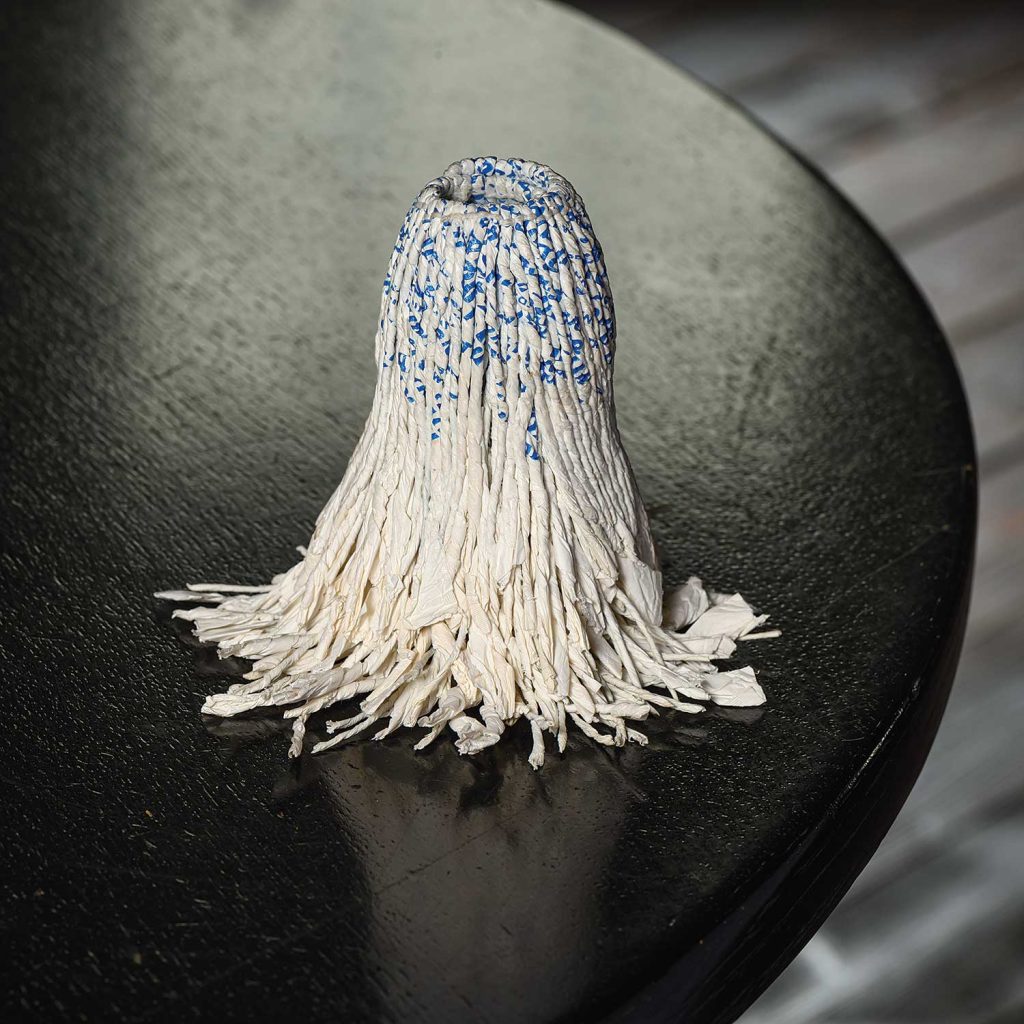
Up next in November, we focused on the talented Karyl Sisson, a visionary artist located in Los Angeles. Sisson’s artistic path is a testament to her ability to weave together the threads of everyday life, both past and present, to craft sculptural and textured forms that transcend traditional boundaries. Her work is an exploration of patterns, repetition, and structure, woven together through her foundation in basketry and needlework.
One can’t help but be captivated by Sisson’s ability to confront domesticity and challenge traditional gender roles through her innovative use of materials. Her recent work with paper straws, for example, draws inspiration from the intricate world of cells and organisms, resulting in creations that seem to grow naturally and organically.
Sisson is yet another artist featured in An Abundance of Objects as part of our Vignettes series online on Artsy.

Moving further into November, we highlighted the captivating works of Katherine Westphal, a visionary artist with a profound knack for exploring surface, pattern, and decoration. Westphal’s creative journey was a continuous exploration of her medium, whether it was textiles, quilts, clothing, or baskets.
What truly set Westphal apart was her fearless embrace of fractured and surprising images, which became a signature element of her work. Her collages were vibrant, combining bold imagery with bright colors, inviting viewers to immerse themselves in the visual tapestries she composed.
Drawing from her background in painting, Westphal’s process was one of building up and breaking down, allowing her textiles to evolve in an organic and unpredictable manner. Each piece was a fusion of cutting, sewing, embroidery, quilting, tapestry, and fringes, guided by her intuitive and visual senses until she felt the message was complete.
Notably, Westphal was an early pioneer in incorporating color photocopies into her work, showcasing her innovative spirit. Her legacy is celebrated in our ongoing Vignettes exhibition, where her art continues to inspire and tell its unique story.
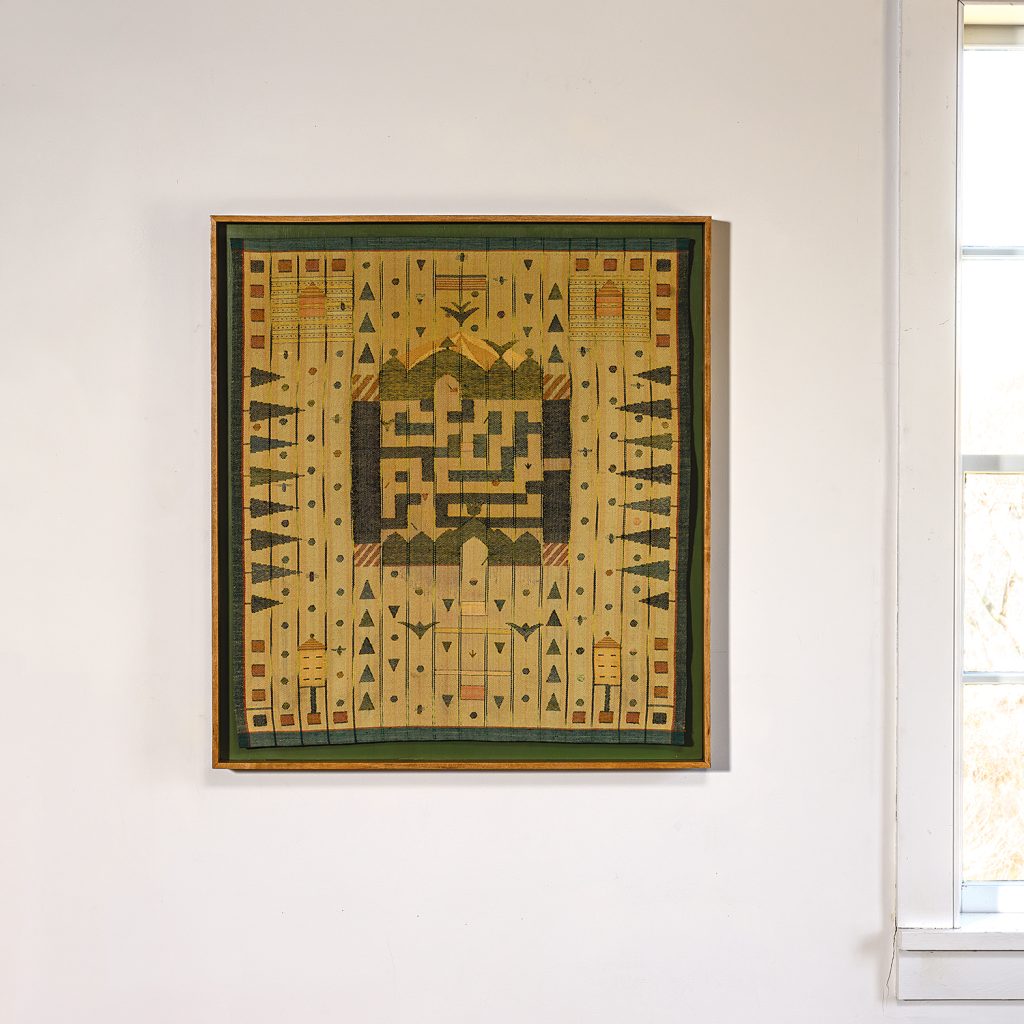
Wrapping up our artistic journey through November, we cast our spotlight on Laura Foster Nicholson, a renowned textile artist celebrated for her exquisite handwoven tapestries.
Nicholson’s art speaks to the intersection of art and craft, where each thread is carefully chosen, and every image is intentional. Her dedication to her practice is evident in her extensive lecture and teaching experience, sharing her knowledge and passion with others who are drawn to the world of textile art.
Throughout her career, Nicholson’s distinctive style has left an indelible mark on the art world, captivating audiences with her ability to transform threads into captivating narratives. Her works are not just tapestries; they are vibrant stories woven with the threads of creativity and imagination.
As November comes to an end, we want to express our heartfelt gratitude to our dedicated community of art enthusiasts and supporters. Your unwavering encouragement fuels our passion for bringing the world of contemporary art to life. With the holiday season just around the corner, we are excited to continue sharing the beauty and creativity of our featured artists with you.
Don’t forget, our online viewing room for An Abundance of Objects on Artsy remains open for exploration until December 13. Thank you for being a part of the browngrotta arts community, and we can’t wait to see what December has in store!

